Have you ever heard about a mood board? It may seem like a simple tool, but it is an excellent solution to boost and express the development of ideas and concepts. A mood board feeds the creative atmosphere and gives an interior design project meaning.
Among thousands of ideas and concepts, a mood board allows you to go from total chaos to the organization of ideas. It is a way of showing what you want for a room simply and directly. In this article, we share the importance of a mood board for interior design, practical tips for creating a moodboard and even the bests software to make this tool.
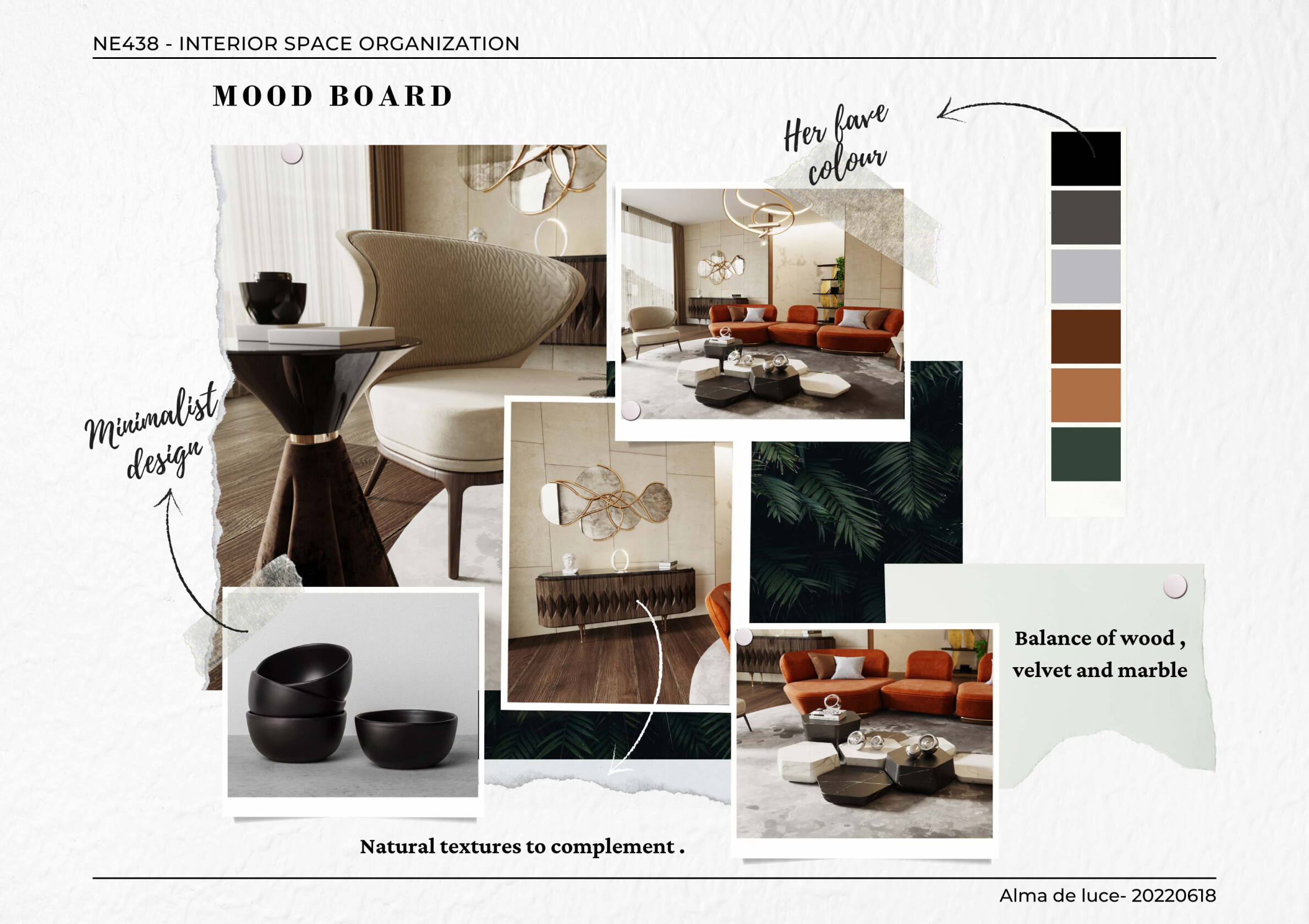
A plan. A plan of images, colours, pieces and inspirations that will guide you to the final result. As simple as that.
A mood board, also known as a semantic panel, is an organizational tool used to translate ideas into visual content effectively. In these panels, visual references are gathered to summarise a person's personality, facilitating the creation of concepts.
The mood board can include references, materials, textures, colours, shapes and even phrases with specific typography that are part of a concept or style. It is used by interior designers and architects but also by almost all areas of design, from product design to fashion design.
The final model must be harmonious, conveying the atmosphere and decoration style that the final environment will have. We can do this handy tool on a panel or wall or in digital format. It is, in general terms, an exercise of self-knowledge for the client and even for the architect or interior designer, who uses a mood board to define the decorative style of a given area.
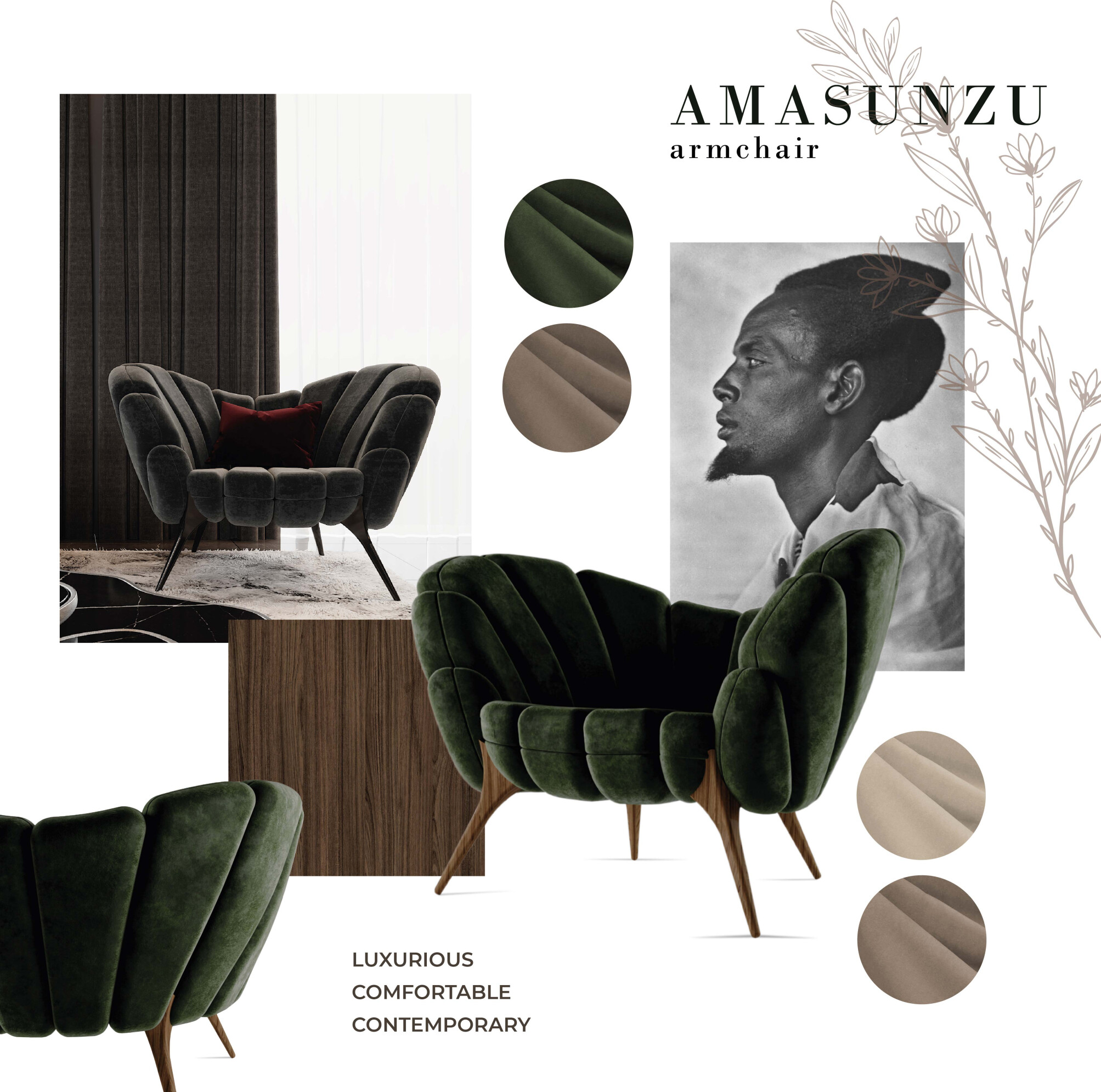
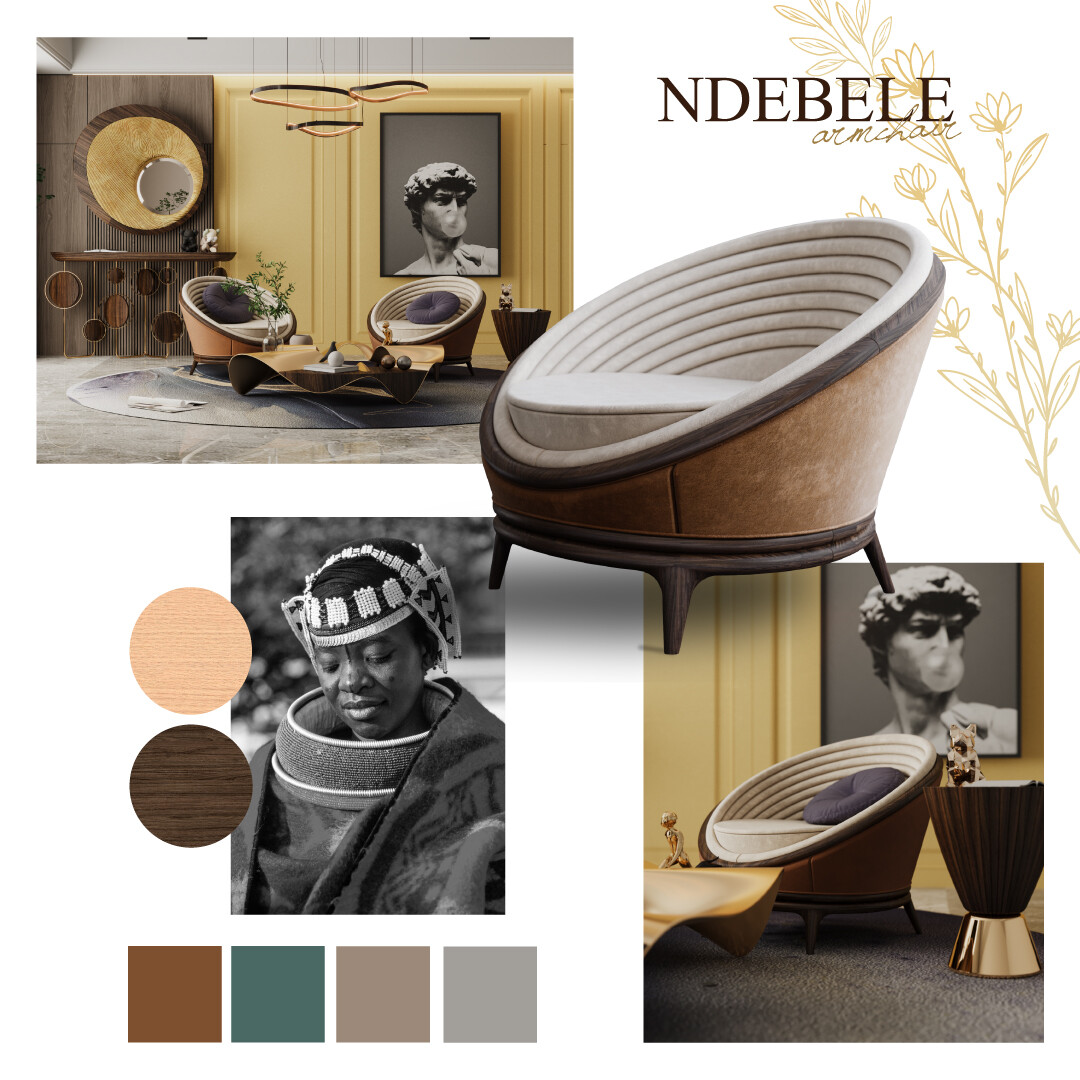
How often is it difficult to express in words what you want? A mood board is a creative tool that will help the interior designer - or an architect, for example - to identify the client's wishes practically. Thus, a mood board brings together references, objects and materials of what the interior designer or architect will accomplish.
But not only does the mood board facilitate the "visualization" of the decoration ideas for a room, but it also conveys confidence to the client since he will be more confident about the various choices and options made by the interior designer.
Finally, another advantage of this tool is that it optimizes the time and is an exercise of creativity for the professional. In fact, from the mood board, it is possible to discover new materials, compositions and styles for a project.
Some of the benefits of using a moodboard as an interior designer or architect are:
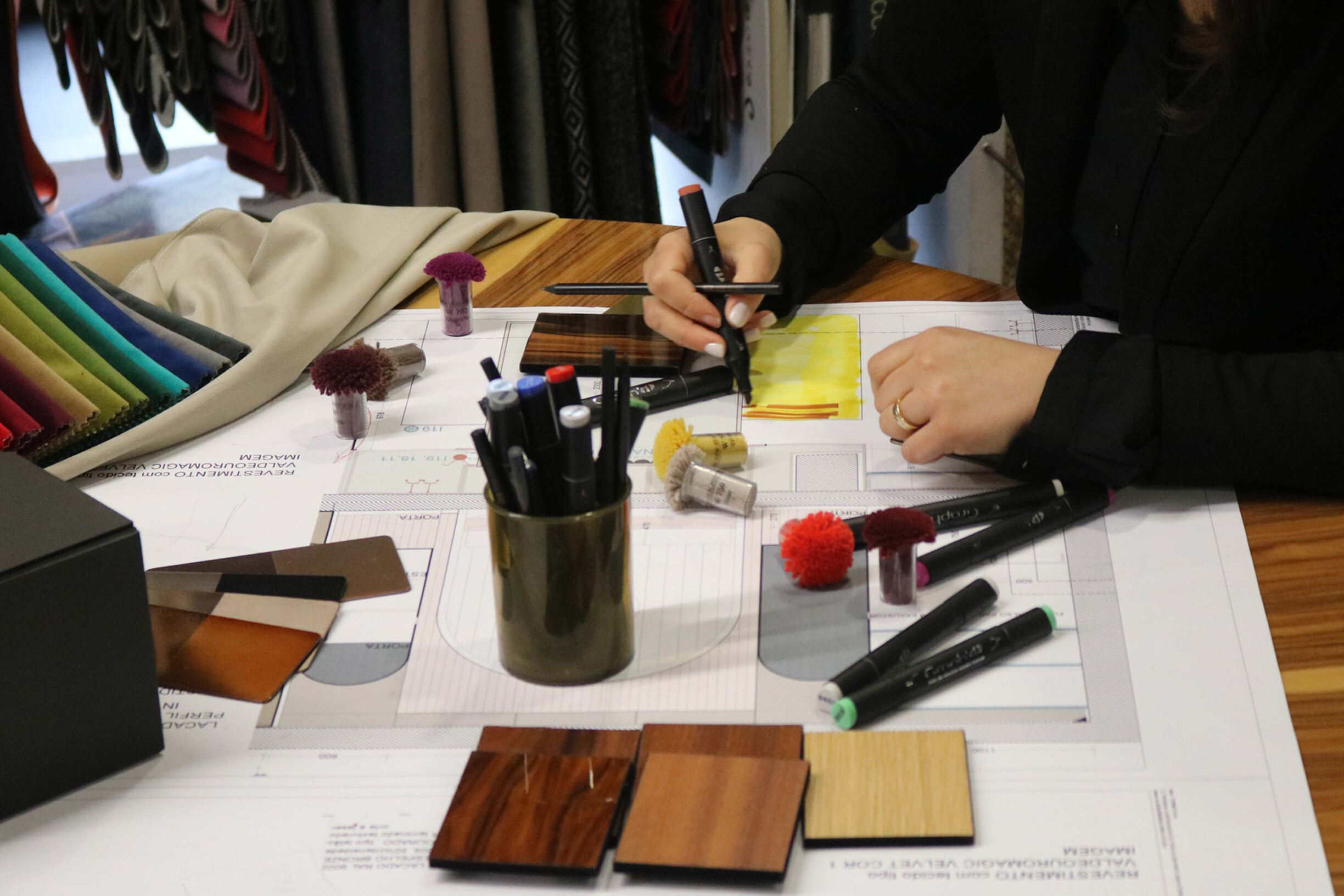
Enjoy the benefits of creating a moodboard with these 5 helpful tips:
The versatility of a mood board is one of its main features. This is a tool that can be adapted to different realities and done in different ways. In addition to the traditional way, namely a paper or a wall with the materials, clippings, and collages, a moodboard can also be made digitally, using different software, which we will suggest later.
When we talk about interior design, we necessarily speak about colours. Therefore, one of the first steps in creating a moodboard is to define the colour palette we want to use for each area. Of course, this is a changeable process, but it is essential to function as a starting point for early ideas.
But first, do you know how to create and use the colour palette for your projects? You can discover it here. 😉
After defining the colour palette, brainstorming references and inspiration is the most complex process of creating a mood board. It is intended to let the creativity flow, capturing what the client wants for the project. The idea will be to bring together objects, plants, elements, materials, raw materials, coatings, textures and shapes that create an attractive atmosphere. The best way is to find inspiration in practically everything around you.
With the colour palette and visual references gathered, it is time to create the mood board. Just put the different elements together to see how they harmonize. We can change the position of objects, and materials, textures or tones can be shifted throughout the process. The idea is to achieve a solution advantageous to the customer and meets the project's needs.
Once created, the moodboard should “rest”. Yes, it may seem strange, but before finalizing a moodboard, you should wait a few days after creating it. This time will be useful for the client to understand if the chosen ideas reflect his personality, but also for the interior designer or architect to evaluate the final project.
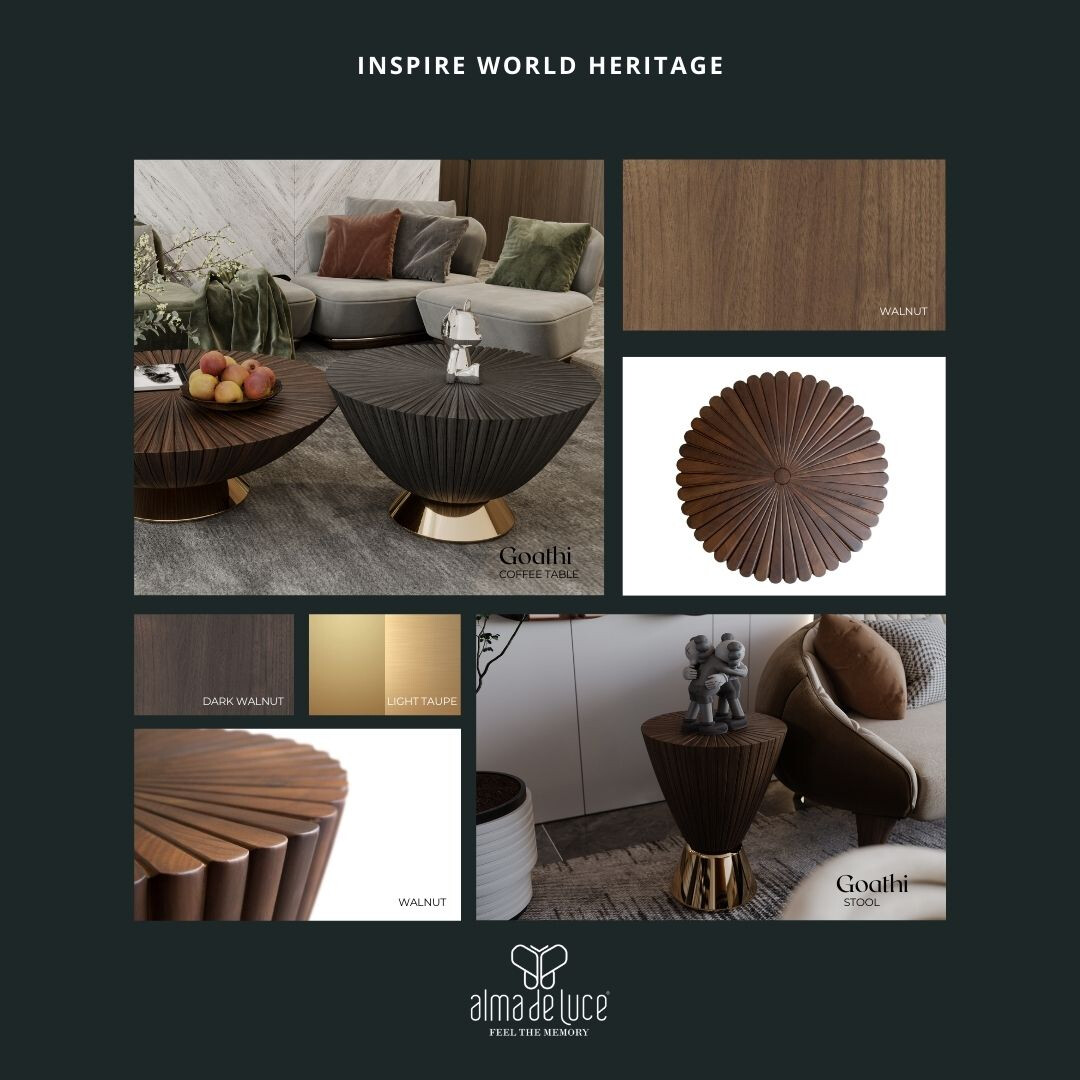

Now that you know how to create a moodboard for your projects, we present the top software that you can use in this process if your choice falls on the digital format. While there are many ways to create a moodboard, finding the right tool can save you time, frustration, and money.
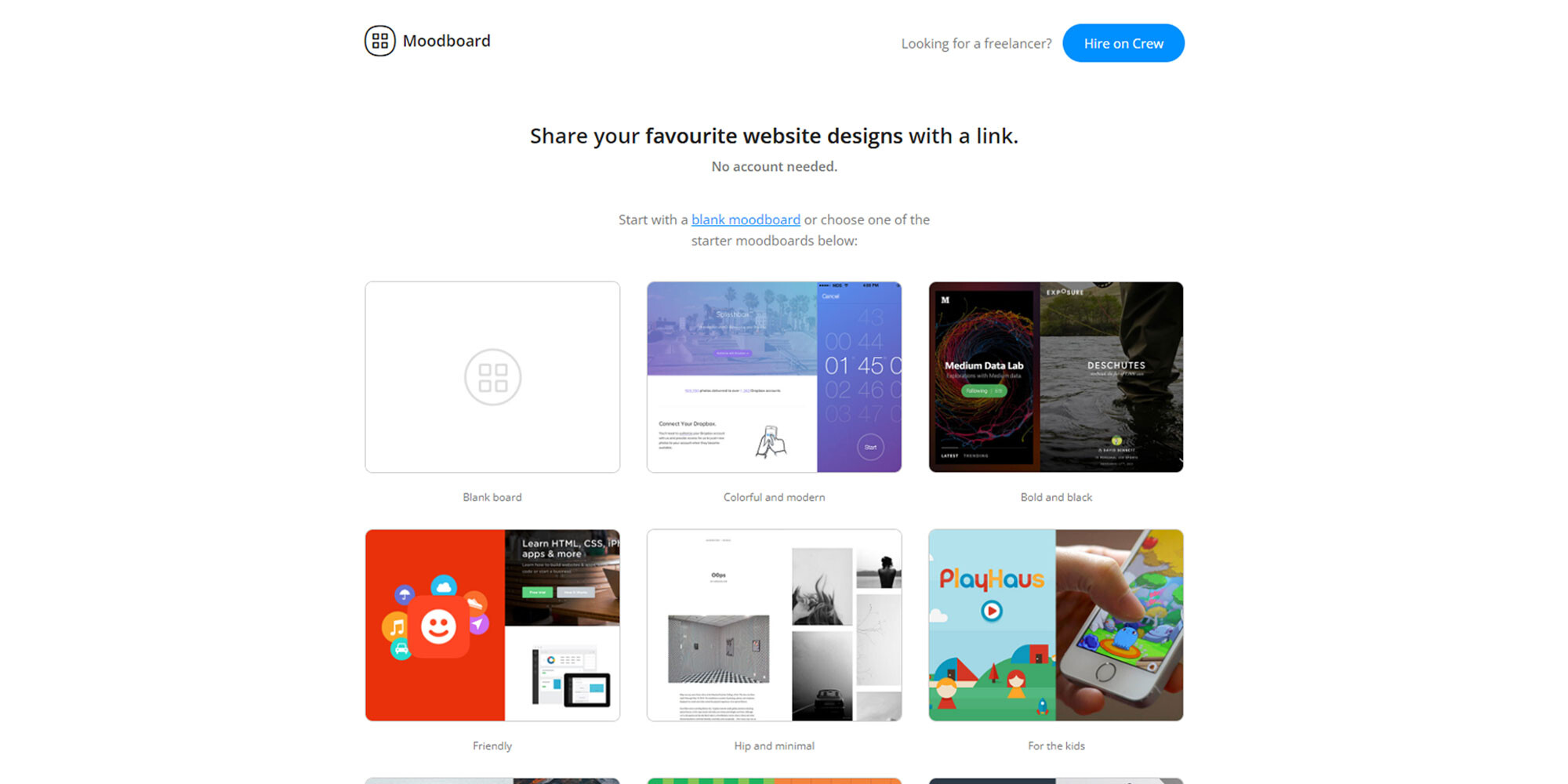
As perhaps the most straightforward tool, GoMoodboard requires no account to start. When you publish a board, it will remain private, and you can edit it if necessary. If you wish to share it, share the link to make it public. It's really that simple!
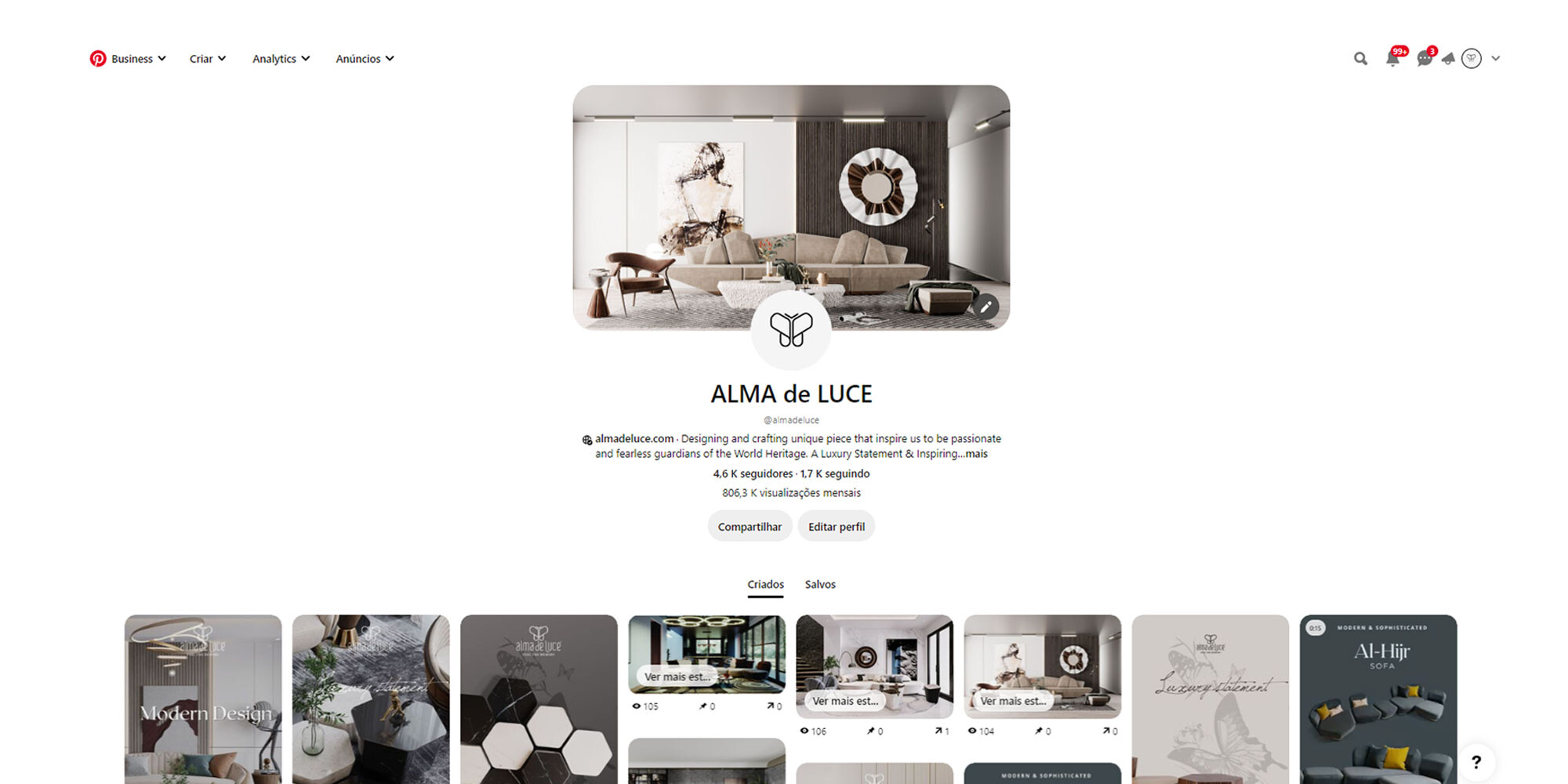
Most people recognize Pinterest as an inspiration tool, but this free software lets you create moodboards easily and intuitively.
With Pinterest, you can save images that you find within and outside of Pinterest. For ideas you see outside of Pinterest, you can download a "pin it" button in your browser. This will facilitate being able to "pin" an image, a website, a tutorial, etc., onto your board. You can achieve this by clicking on your name on the right-hand side of the screen, and you will be taken to your boards. Use the "create a board" button on the left-hand side of the screen, name your board, and add details like a description, category, etc.
Once you complete these steps, your board will be ready for you to add ideas to it!
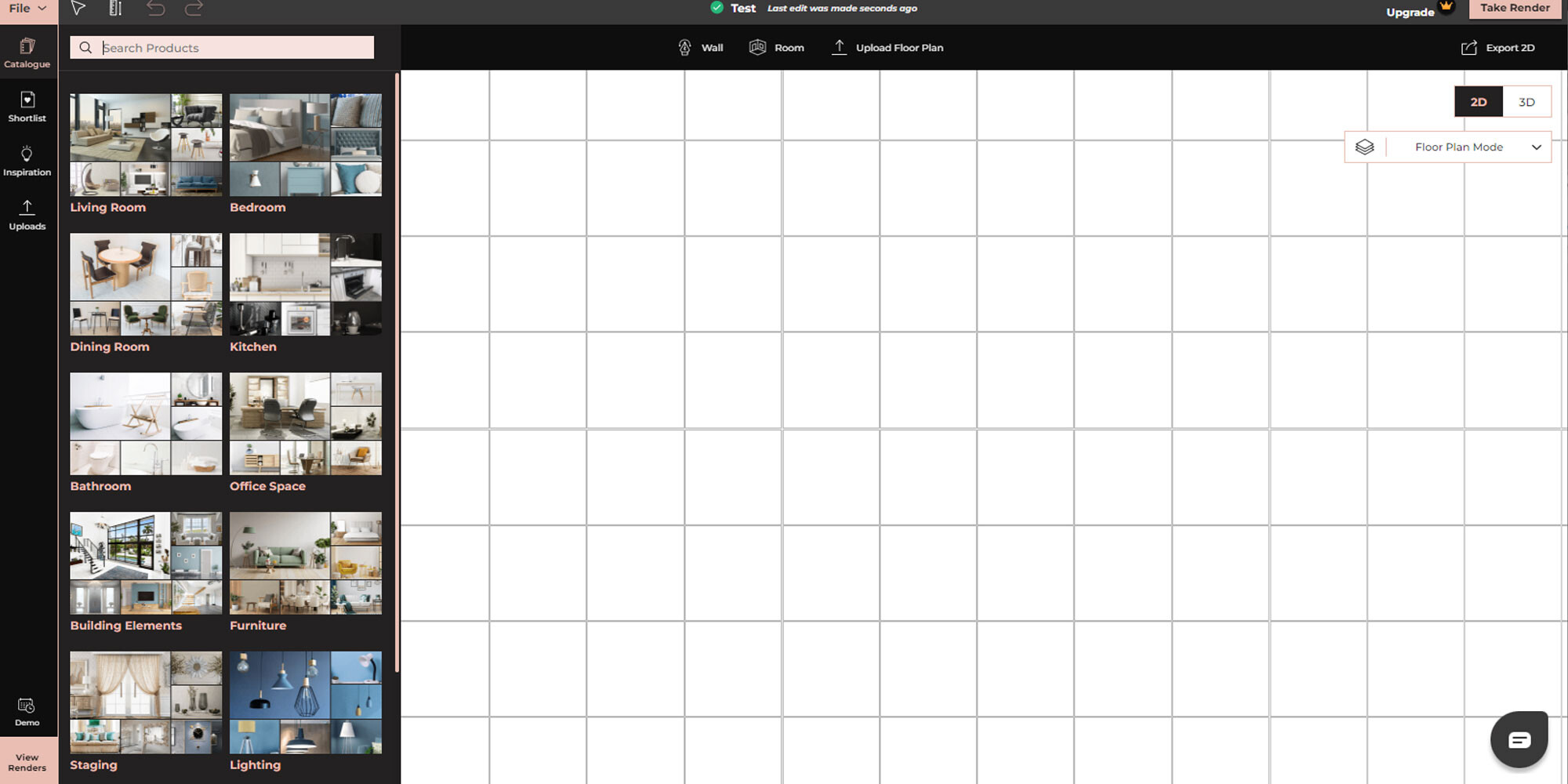
Built specifically for the needs of interior designers, this paid software makes 3D renderings accessible to everyone, plus it's AI-assisted and doesn't require CAD knowledge.
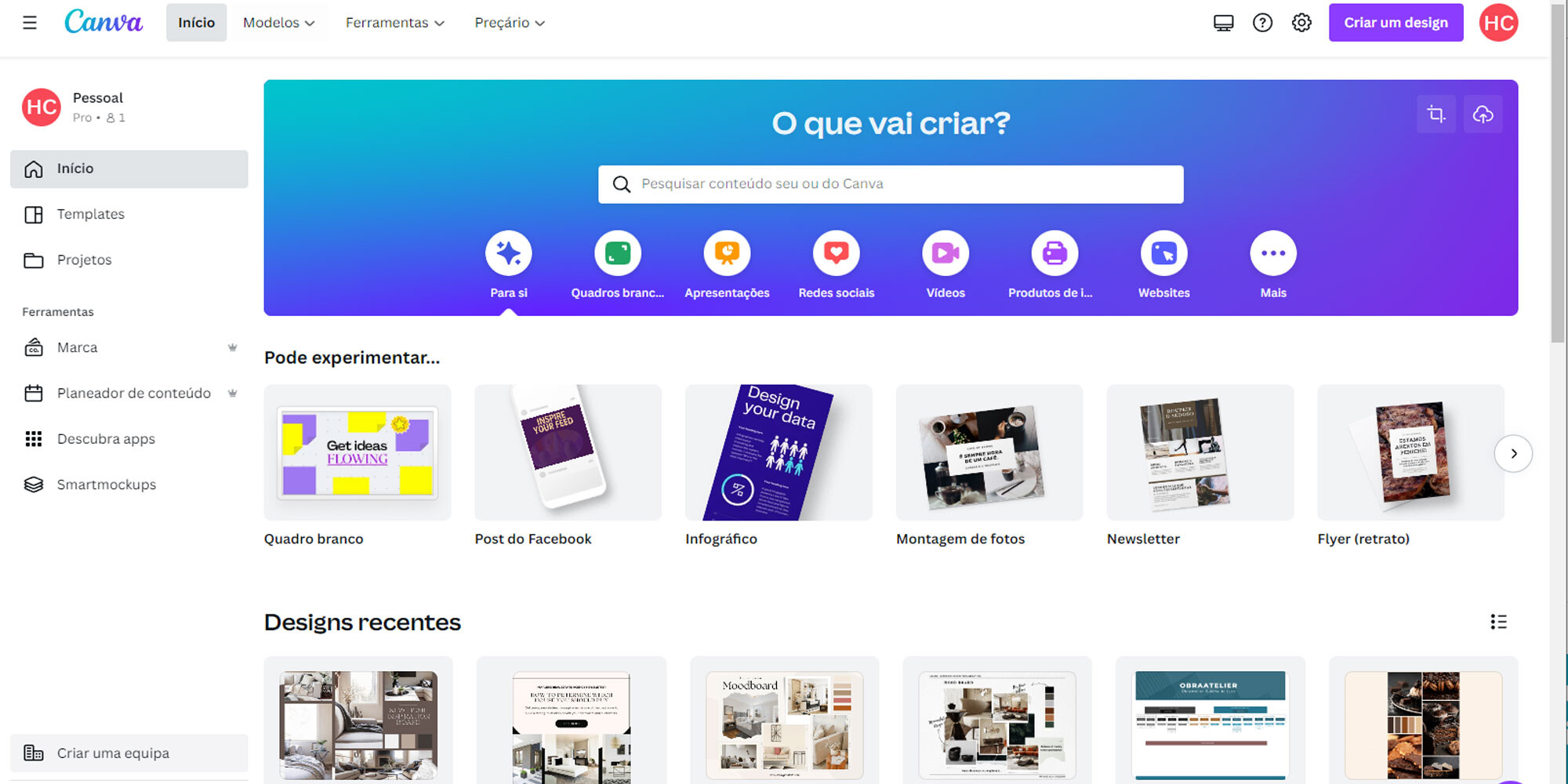
This is powerful software and one of the best for creating moodboards. Although it doesn't have specific features for interior design, it's free, easy to use, and has extensive design flexibility, so it can be used on multiple devices. One of the main advantages is that you can search for images in Canva and add them directly to the mood board.
Although they are software with some limited features, they are free and almost everyone is familiar with them. They are easy to use, especially for beginners, and can be used on multiple devices.
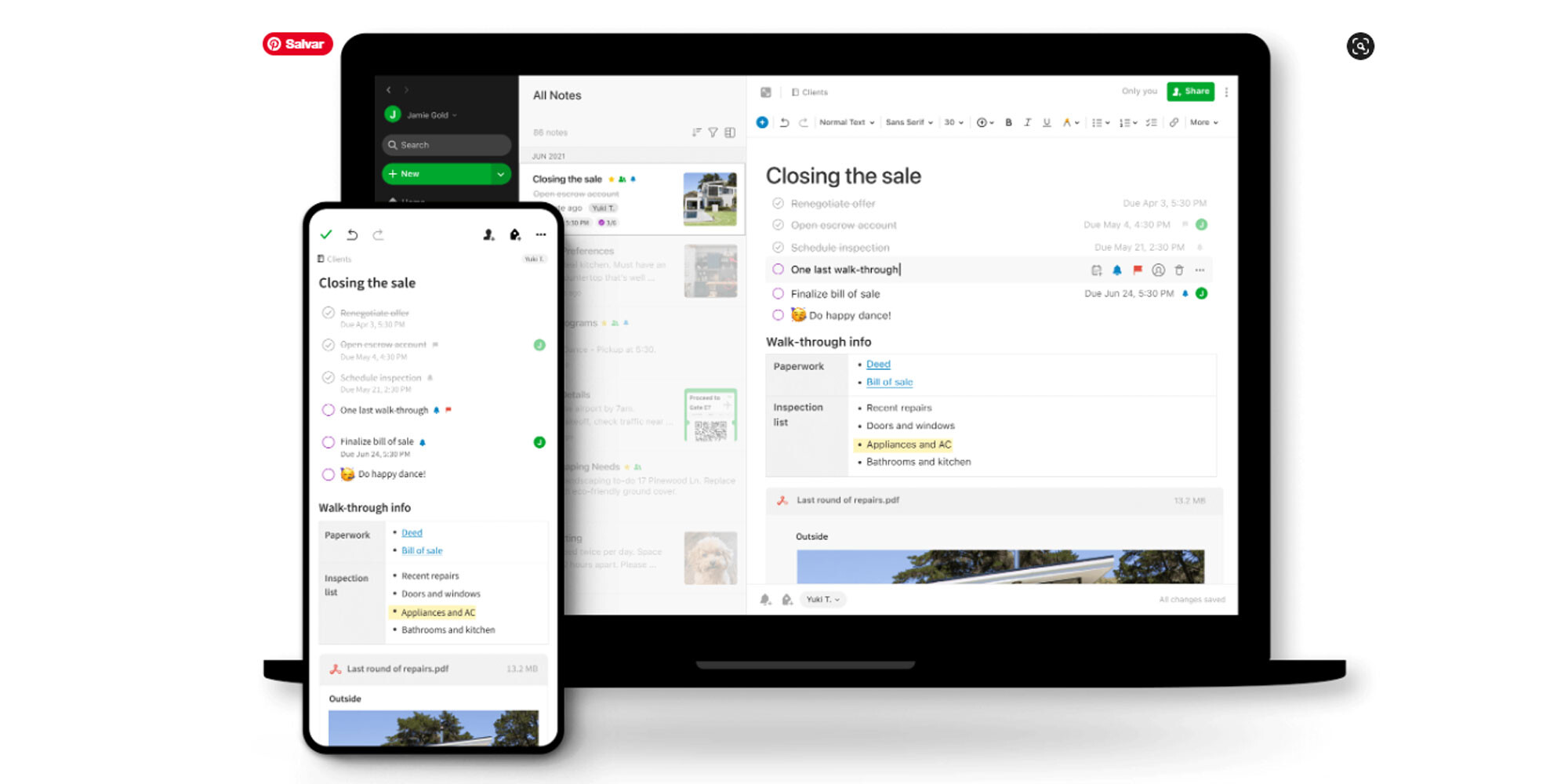
Evernote is organization software that lets you create quick and functional moodboards. Easy to use and with a drag-and-drop interface, it also allows for cross-team collaboration and customization.
Moodboards are a reflection of your creativity. It is a very visual representation of your brain piecing together ideas and bringing them together to tell a singular, engaging story.
What architects or designers visualize, moodboards can successfully portray. No matter how simple or complex an idea is, a moodboard lets you explain it better. So mood boards are a great visual reference for your creative vision and the best bridge between designers and their clients.
Now that you know the importance of creating a mood board for any interior design project start developing this skill and boosting your projects with our tips.
If you are ready to create the projects of your dreams in neutral colours and dazzle your customers, contact us. We will help you to create exclusive and current projects that win over your customers!
Did you like this article? You can follow us on Instagram, Facebook, and Pinterest to stay updated with the latest architecture, design, and interiors news.